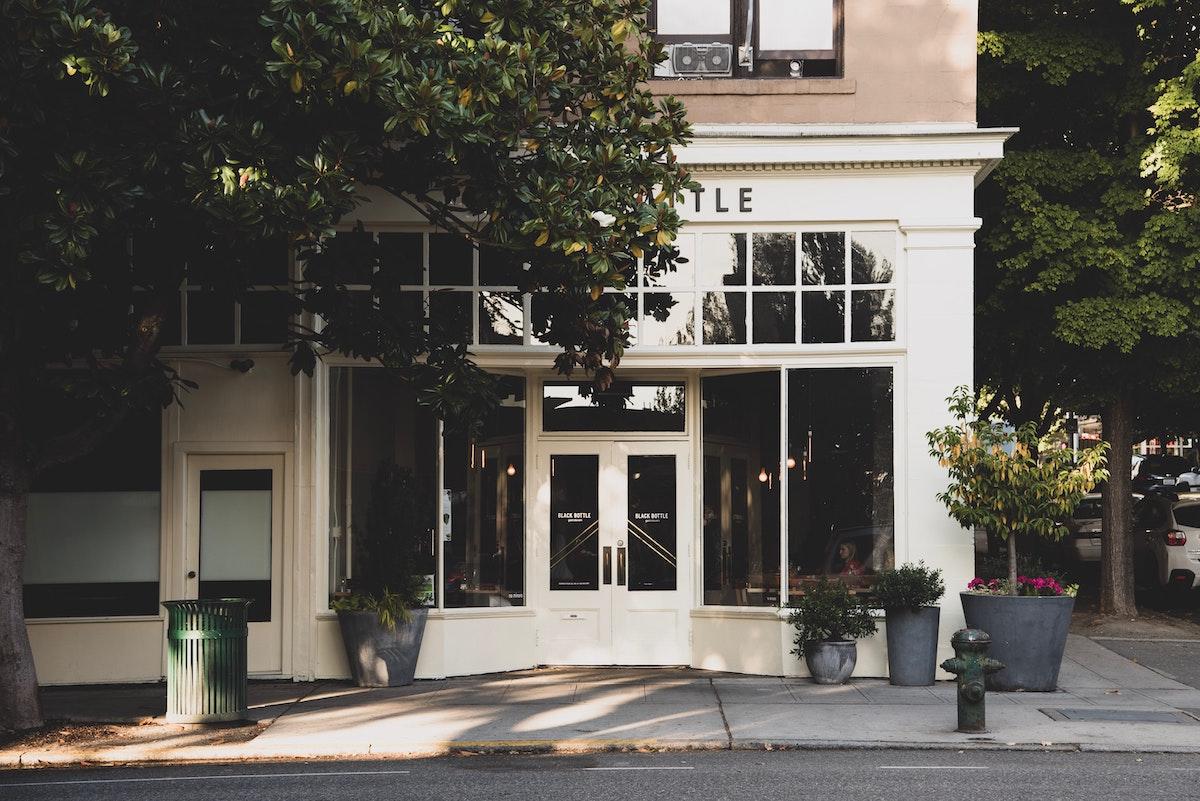Commercial Leasing 101: A beginner’s guide to commercial leases


If you want to start a brick-and-mortar business, you’ll likely enter into a commercial lease at some point. While it may seem obvious, every commercial lease has its nuances and it’s best to enter into the situation armed with the most knowledge you can have. Below, we’ll outline the different types of commercial leases, how they work, tips for negotiating, and more. If you’re hoping to sign your own commercial lease one day, keep reading.
A commercial lease is an agreement between a landlord and a business owner over a commercial piece of real estate. It works similarly to a residential lease. The tenant pays the lease to use the building for their office, warehouse, or any business while the landlord owns the building.
There are many types of commercial leases, which we’ll go into later. However, they all have one goal: allowing business owners to have a piece of physical property where they can bring together their team, increase the opportunity for sales, and and conduct their business as they see fit.
Getting a commercial lease is highly similar to obtaining a residential one. However, if you’re curious about how the process works, these are the usual steps:
Here is a breakdown of the different types of commercial leases. Depending on your budget and needs for your property, you’ll want to find a lease that works best for your business. We point out in each case what lease works best for which type of business.
The most common type of commercial lease used in the market, a net lease is an agreement where the tenant covers the base rent on top of other costs, like utilities and maintenance. However, there are several types of net leases to consider.
Consider a gross lease if you’re expecting hefty fees for the property you’re leasing. Depending on your lease type, your landlord can cover some of those fees for you. Here are the different types:
With the percentage lease you agree with your landlord on a base rent, which will be a small price. However, you’ll also pay an additional percentage based on your business’s gross income. For example, you could pay your landlord 5% of your business profits as your lease payment. With this lease, you and your landlord benefit from your business profiting. This is an excellent lease choice if your landlord will help with promotion and ensure your commercial lease remains in tip-top shape. However, the more money you make, the more you have to pay your landlord.
A newer product on the commercial leasing market, lease-to-own allows you to lease your dream commercial real estate while using the money you pay for rent to invest back into your future. With lease-to-own, you pay rent just like you would on any other lease, only now, a percentage of your rent goes towards a down payment credit to purchasing the property after your five year lease is up.
At withco, we offer lease-to-own partnerships with small business owners so that they can get all the benefits of owning commercial property without having to front the cash for hefty down payment. It’s a great option if you want to secure your property for the long term, and never worry about getting displaced by rent hikes or change in property ownership ever again.
How does this process work? Click here to learn more about withco’s lease-to-own program. If you’re interested, click here to start your application.
If you are hoping to get a commercial lease in the future but haven’t signed one before, there are some terms you may not be familiar with. To help in your future negotiations, here are some definitions you should know.
When you’re hoping to sign a commercial lease in the future, it’s essential to know how to negotiate your needs. Your lease may not fit all your business needs from the start, so you need to speak with your future landlord to craft it for your business. Click here to read our complete guide on negotiating your commercial lease.